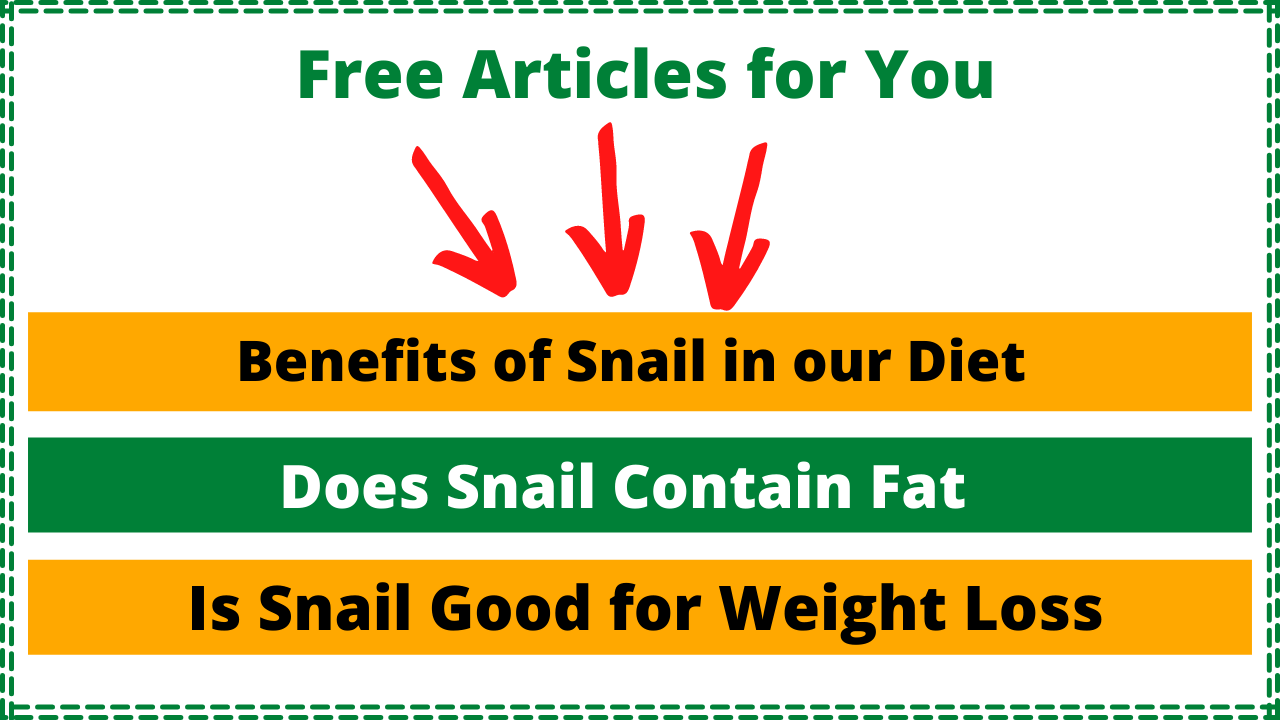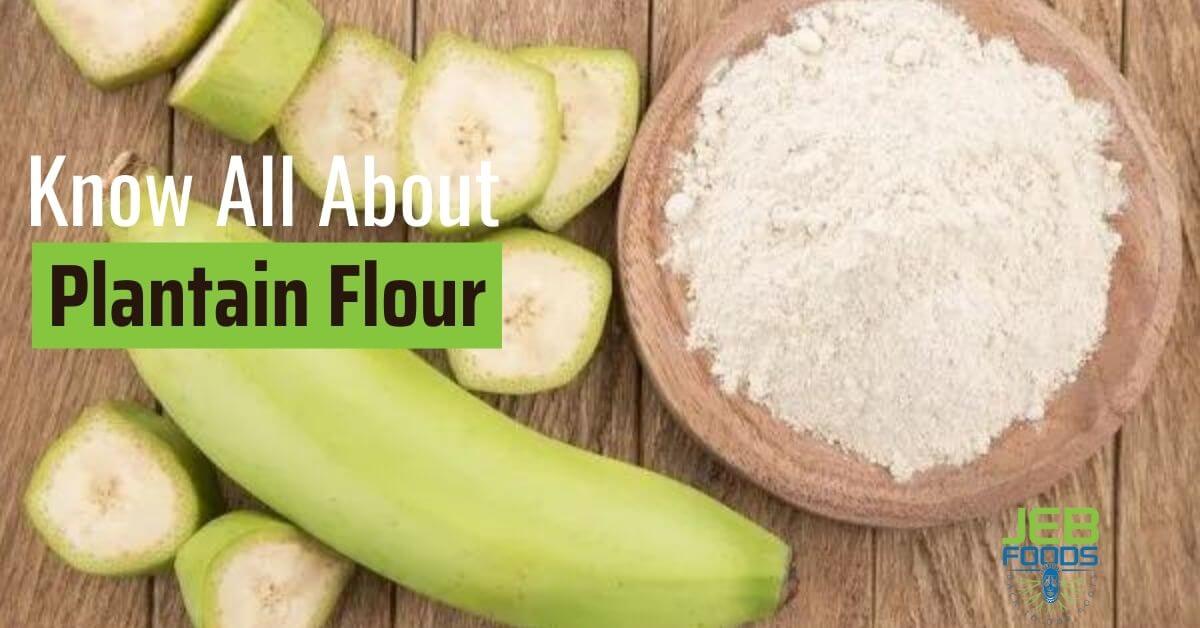Generally the land snails are edible. While some marine snails are among the most toxic on the planet, terrestrial snails are nutritious and safe to eat.
Find out all the nutritional benefits of snails in our diets
The most important thing that cannot be overlooked is you have to cook them — some snails carry a dangerous parasite known as rat lungworm, but there is need to panic but you have to heat them to at least 165°F for several minutes.
More About Edible Snails
Table of Contents
ToggleSnails are mollusks that live in spiral shells. It is possible to get them in a range of shapes, tastes, and textures.
Although they may appear unappealing to some, snails are a delicacy worth learning about. Consumption of land snails is present in gastronomy and is part of some regions’ culture.
Because they are available in dried-freeze, cans or frozen form, they can be purchased all year.
It is possible to find live ones in some fish markets or grocery stores, but this is uncommon.
Snails have 70 calories per 100g serving size. They are especially high in protein. Snails are also an excellent source of:
- Magnesium
- Calcium Omega 3
- C vitamins
Here is my comparison between land snails and water snails
How Do I Know Which Snail Is Edible
In general, any land snail is edible. Although I am unaware of any poisonous land snails, saltwater snails, slugs, and mollusks are different. The garden species is the most common type of snail eaten.
However, if you have snails in your garden, you follow safety precautions to avoid meningitis and other diseases that wild snails may carry.
Chefs purify snails by fasting them for three days with only water and then feeding them flour and water for one week before cooking them.
If you are unsure about its species, origin, or how to handle it, buy already prepared snails; farmed snails are fed with human food like vegetables and fruits.
They do not carry parasites that can cause diseases because of the controlled environment in which they are found.
Here are the health benefits of Edible snails
Are Snails Considered Meat
‘Meat,’ is the short answer. Snails are considered animal products because they are classified as meat, poultry, fish, and eggs.
Meat is a noun that describes the flesh of all animals. Seafood is meat, escargots (snails) are meat, and pretty much anything reasonably dense or solid from a living creature is meat.
Snails, with their energy value of 80 kcal per 100 g of product and 91% protein in the total volume, are an excellent source of nutrients for our body. It would also contain an impressive amount of magnesium, vitamin A and calcium.
Is Snail Red Meat Or White Meat
Snails are white meat that is very lean, green, and high in protein, with a chewy texture similar to seafood. Amphibians such as frogs, land snails, seafood, and so on are examples of white meat.
White meat is high in poly-unsaturated and mono-unsaturated fatty acids such as Omega 3 and Omega 6 fatty acids, which help lower ‘bad cholesterol’ such as LDL while increasing ‘good cholesterol’ such as HDL.
Is Land Snail Shellfish
Snails are a member of the USDA nutritional food group Finfish and Shellfish Products.
All land snails are gastropod mollusks, which means they are related to octopuses and thus belong to the phylum Mollusca. They are also members of the Gastropoda class, which includes all snails and slugs.
Can You Get Shellfish Allergies From Eating Land Snails
Yes, allergy is a thing to worry about to crustaceans such as crabs, shrimp, lobsters, and mollusks such as oysters and snails(both land and sea) fall into the shellfish category.
Adults are the most commonly affected by shellfish allergies, particularly those who live in areas where they are commonly consumed. Cooking does not appear to remove allergens from crustaceans and mollusks.
Snail allergy is associated with an unusual pattern of symptoms, with asthma being the most commonly reported. However, mild symptoms like oral allergy syndrome and urticaria (hives) can occur after consumption, as can severe symptoms such as anaphylactic shock.
Shellfish allergies are mostly caused by the immune system’s reaction to tropomyosin, a protein found in shellfish muscles.
Antibodies allows for the release of chemicals such as histamines to attack tropomyosin. Histamine release causes a variety of symptoms, which can range from mild to life-threatening.
Can You Eat African Giant Snails
Yes, giant African snails are edible. Considered gastronomy in West African countries, snails raised for food are fed a diet of edible vegetables, fruits, chicken feed, and commercial snail food.
They can also be cooked, sliced, canned, dried-freeze, and sold as escargot.”
The giant African snail can be found not only in Africa (Nigeria) but also in Florida (an invasive species), even though the giant African snail (which is sometimes kept as a pet) is large enough to require gutting.
All species are considered edible in England, while only two species are eaten as escargot in France.
If you are tempted to eat wild snails, purge them and feed them nutritious food, use latex gloves when handling them, and thoroughly cook them.
Purging the animal entails feeding it nutritious food for an extended period to remove toxins (such as commercial pesticides) from its system and eliminate unpleasant flavors.
Get your edible dried-freeze Giant African snail here
Can You Eat Garden Snails In The US
There is no need to go to France to eat snails; you can eat the common brown garden snail right in your backyard. But, as always, do your homework.
Here’s what you should know. While some marine snails are among the most toxic on the planet, terrestrial snails are generally safe to consume.
Cornu aspersum, also known as the common brown snail or garden snail. Although it is of European origin, it is now the most widely distributed snail in the United States.
Our gardens create the ideal environment for garden snails. Please make certain that they are harvested from vegetation that has not been treated with herbicides or pesticides.
Alternatively, as I explained earlier, purge them by fasting for a few days and feeding them with our edible vegetables and fruits.
How Do African Giant Snails Taste
African giant snail has this unique earthy taste, the feel of mussels, yes, the texture of calamari. Giant African snail tastes different from escargots.
Still, its flavor absorbs into soups and sauces, unlike escargots and other smaller snails that take on the taste of the ingredients.
Let us see if snails are good or bad for consumption
Once you recognize the taste of giant African taste, any dish it’s made with is easily detected. It has a strong, delicious taste but does not overtake the dish; rather, it complements and enhances the flavor.
If you are conversant with the rich flavors of a typical west African soup, you can relate to this complex description, and I am drooling right now!
Is African Giant Snail Poisonous
African giant snails are not poisonous;they are a healthy and rich source of protein comparable to egg protein.
People with high cholesterol and heart diseases are advised to consider including African giant snails in their diet.
What is unsafe in African giant snails is eating it raw, snail meat like every other raw meat should be cleaned and cooked for at least 20 mins before consumption to kill parasites capable of causing diseases
Find out what will happen when you eat a snail.
Why Are Snails As Gastronomy More Popular Outside The US
Rather than a lack of consumer interest, the nightmare of government bureaucracy has largely kept snail farming in its niche.
The “ew” factor that turned off many Americans a few decades ago has dissipated to a more globalized culture that seeks the newest culinary adventures, particularly those based on traditional cuisines.
Snail farming (and eating) is widespread throughout Asia, Europe, Africa, and Australia. However, only a few people in the United States appreciate the enormous benefits.
Common garden snails, like edible weeds, are an invasive species found in about 20 states. In some ways, eating them benefits the environment.

Why Is Raw African Giant Snail Illegal In The US
The USDA prohibits importing or owning the live giant African snail (GAS) because it is considered a potential risk to agricultural and human health in the United States.
GAS feeds on at least 500 different plant species, including peanuts, most varieties of beans, peas, cucumbers, and melons.
The species in the wild also consume a wide variety of ornamental plants, tree bark, and even house paint and stucco.
Although GAS thrives in tropical and subtropical environments, the species can also survive in the wild in cold areas.
In warmer climates, the snails can produce quickly, each of which can lay up to 1,200 eggs annually.
Is It Illegal To Eat African Giant Snails In The US
No, you can find canned snails, chopped and diced and dried freeze snails; my favorite is the Jeb foods snail. Get your edible dried-freeze Giant African snail here
There is no regulation against eating dried-freeze snails, so give it a try.
If you are new to this meat, I suggest you go with the dried freeze to avoid getting your hands dirty in this new journey.
Can You Eat Snail As A Vegetarian
The answer is no. Snail is considered meat because it is a gastropod and a herbivore, though a rich source of high protein low-fat food. If you practice this diet, it is important to be in the know before adding snails to your diet.
Get all the details about why a vegetarian should not eat a snail.
Final Thought
Now that you have more information about giant African snails, how about you get your gastropods from a reputable source.
Here is an edible dried-freeze Giant African Land snail sold on Amazon
To revive the dried-freeze snails let it sit in hot water for twelve hours, and you’ll have freshly cleaned and revived snails close to the live version.
Snails can be cooked in garlic butter, fried, skewered, or sauced for a tasty meal.
You can see African Giant Snail Recipes for your taste enjoyment.




